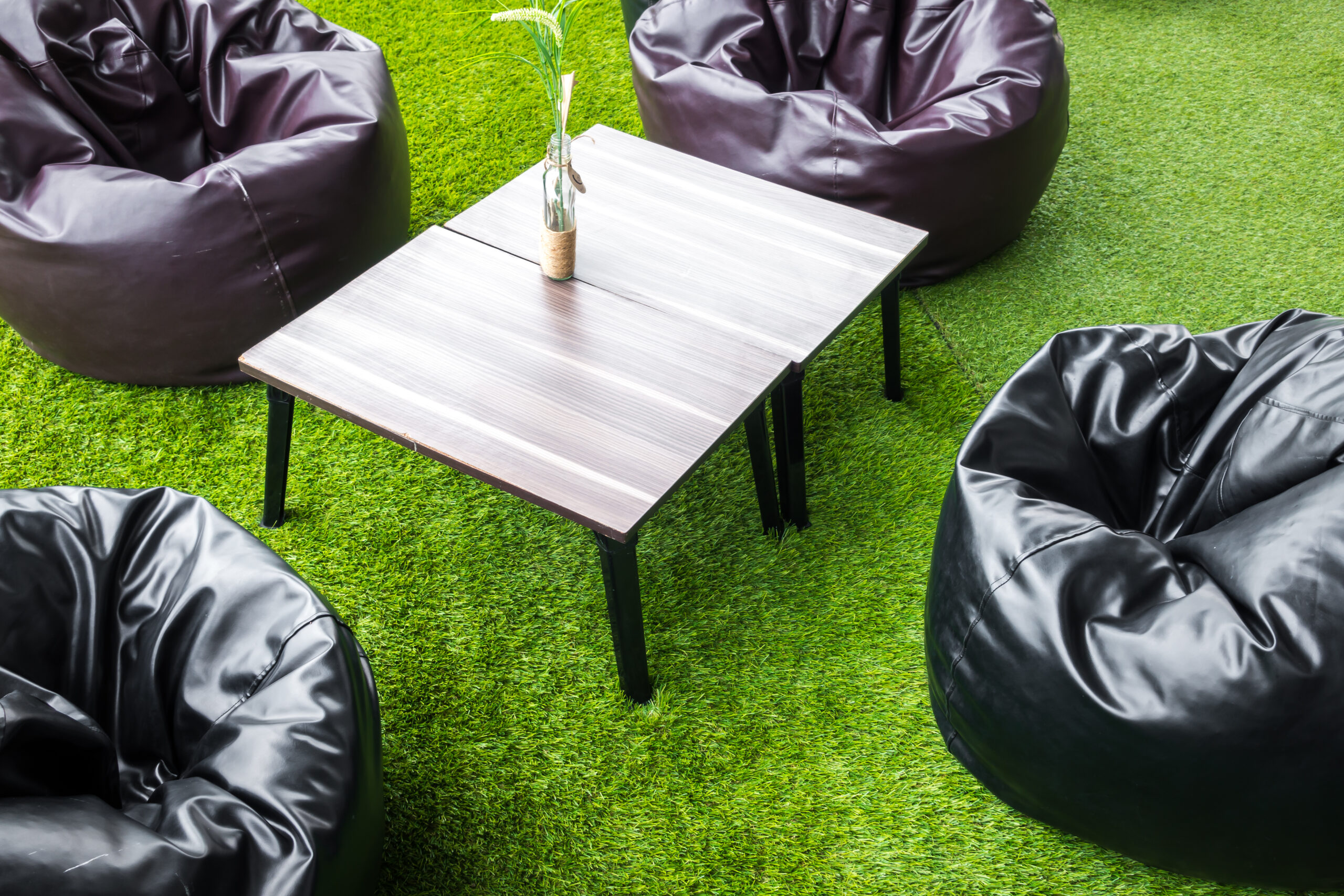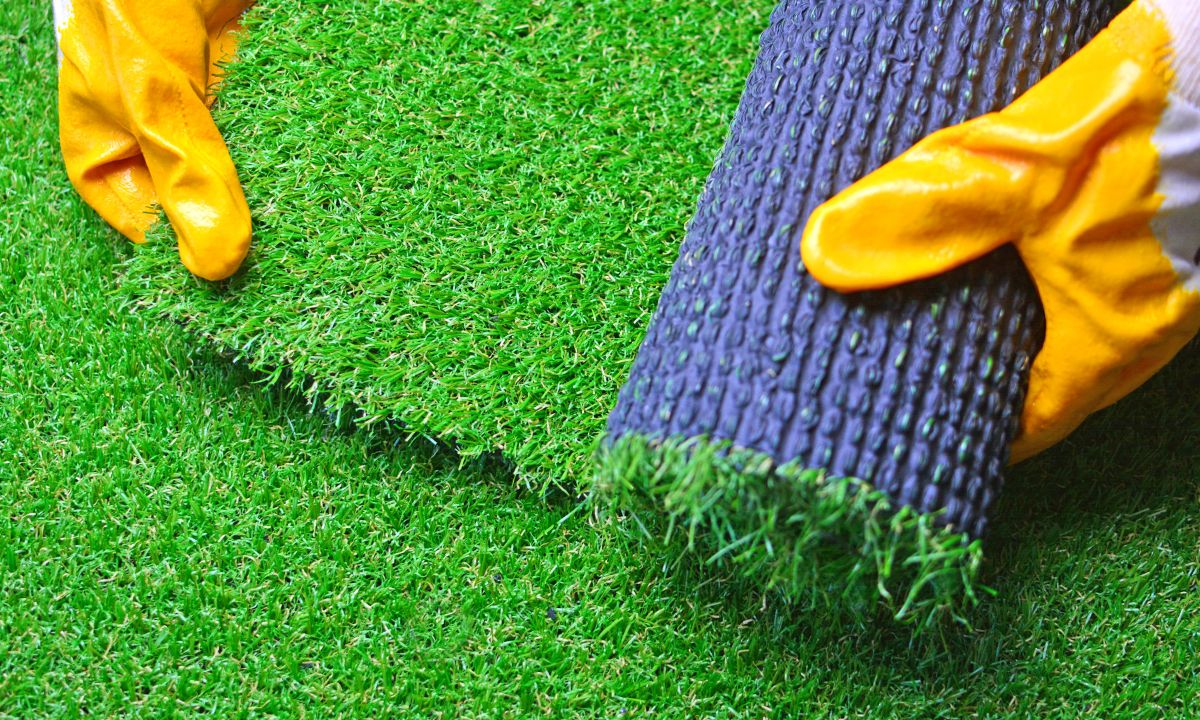
Synthetic Grass vs Natural Grass: Which One Wins for Busy Homeowners?
Those who manage their time between work commitments and family needs alongside a busy schedule tend to keep lawn care activities low on their priority list. The weekend routine of mowing grass followed by water maintenance along with fixing bare sections fails to receive favor from anyone. The rising trend of synthetic grass among busy homeowners proves why it has become their preferred outdoor surface option. The surface provides a clean appearance while maintaining its greenness without requiring daily care.
Maintenance
Natural grass is demanding. To keep it green and healthy, you’re looking at:
- Weekly mowing
- Daily or every-other-day watering in summer
- Fertilizing and weed control every few months
- Dealing with pests, disease, and seasonal browning
Now compare that to synthetic grass. You install it once, and it’s done. No mowing. No watering. No chemicals. Just an occasional rinse and a quick brush if you want it looking fresh.
Cost
Yes, synthetic turf costs more upfront but that price includes up to 15 years of zero lawn care. Natural grass looks cheaper at first. But start adding up the real costs:
- Water bills
- Fertilizer
- Mower fuel or service
- Weed control
- Occasional reseeding or sod repair
For an average-sized yard, natural grass can easily run you $700–$1,100 per year in upkeep. Synthetic grass? Maybe $50–$100 a year for occasional cleaning.
Appearance and Consistency
You can try your best with natural grass, but even then:
- Brown spots happen
- Mud appears after rain
- Shade kills patches
- Pets tear it up
Synthetic turf doesn’t care. It’s green, even, and picture-perfect all year. Whether it’s raining, blazing hot, or freezing outside, it looks exactly the same. Modern turf also doesn’t look fake. Good brands use multi-tone blades, realistic textures, and soft thatch layers to mimic the real thing. Most people won’t even notice the difference unless you tell them.
Environment
Think natural grass is more eco-friendly? Not when you factor in the inputs.
- A typical lawn uses 55,000+ gallons of water per year.
- Fertilizers and weed killers pollute local waterways.
- Gas mowers contribute to air pollution and noise.
Synthetic turf eliminates all of that. One installation can save over 1 million gallons of water across its lifespan. It also reduces reliance on chemicals and fossil fuels. Yes, synthetic turf is made of plastic. But, many brands now use recycled content and offer recyclable backing. And the environmental cost of making it? Far less than 10 years of lawn chemicals and water waste.
Durability
Natural grass is fragile. One weekend party, a hyper dog, or a few weeks of hot weather can do serious damage. Shade, foot traffic, and drought make it worse.
Artificial turf is built tough. It handles heavy use, pets, and harsh weather without showing wear. UV-stabilized blades resist fading, and drainage systems prevent puddles or mud. The average synthetic lawn lasts 10-15 years, and some premium options stretch even longer.
The Verdict
If you’re looking for a lawn that looks great, saves time, cuts costs, and holds up under pressure, synthetic grass is the obvious choice.
| Category | Synthetic Grass | Natural Grass |
| Time Investment | Low | High |
| Ongoing Cost | Very Low | High |
| Year-round look | Always perfect | Varies with season |
| Water Usage | None | High |
| Durability | High (10-15 years) | Moderate (weather dependent) |
Conclusion
A lawn exists to serve its owners rather than requiring their constant maintenance. Synthetic grass saves your time and reduces your expenses while offering a yard you can be proud of. It’s not just a shortcut. It’s a smarter way to live.



